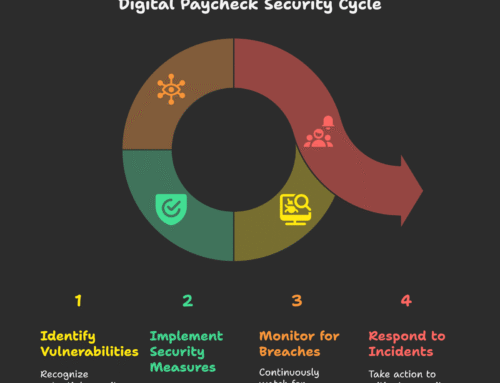No matter who you are, productivity ebbs and flows. It’s not possible to sustain the same levels of productivity at all times—there are just too many factors that influence our ability to work. From the amount of sleep we get to the stress we’re under, we operate under many different influences all at once, which can have both positive and negative effects.
If you’re noticing a lack of productivity across an entire department or company, however, you may be wondering why it’s happening—and what you can do about it. If you’ve been thinking about different ways to motivate your employees, then you may be considering offering monetary incentives for better productivity or producing high-quality work. But will this actually motivate your employees? Is money enough to make them work harder and better?
Does Money Drive Productivity?
When you ask people if monetary incentives are effective in increasing productivity, many will say yes. In a study by UK-based Genesis Associates, 85% of workers surveyed said they were motivated by monetary incentives (either individual or team-based) in the short term. These programs also were shown to increase weekly profits by more than $123,600 per week.
On the surface, occasional monetary incentive programs seem to work wonders. Deeper down, of course, there are pros and cons to every approach. These incentive programs may work well in the short term, but they can encourage unhealthy competition, make some workers feel hopeless and resentful about ever earning an incentive, and they don’t address the main driving force behind productivity: internal motivation.
Internal Motivation
Why do people work for years in non-profits? It’s not for the money, certainly. Philanthropic organizations don’t offer the highest wages, because they have important work to do and aren’t out for profit. There are about 1.5 million charitable organizations in the United States, and they’re staffed by people who have the drive to be productive for reasons other than money. People dedicate their lives for these organizations because doing so internally motivates them: they care about the cause they’re involved with, and they don’t need someone offering a reward or punishment to get them to work hard. They’re motivated by what they can accomplish for other people.
Even employees who are part of a for-profit organization can find internal motivation, but it can be difficult to influence this externally. Offering engaging work, ensuring that leadership is inspiring and supportive, and making everyone feel like an important part of the company’s growth and progress are the main ways employers can help to encourage internal motivation in employees—not by offering monetary incentives.
A Temporary Solution
Offering monetary incentives (or alternatives like gift cards, vacations, and free lunches) is easy and simple. It takes almost no time to implement, and doesn’t require a lot of moving parts. It’s also viewed as a fair way for hard-working employees to pick up some extra cash. However, it’s not a long-term solution to productivity problems, and can usually only offer short-term benefits.
If you’re seeing low morale, poor productivity, and lack of engagement, chances are there’s something deeper going on in your organization. Take a hard look at what your leadership is doing, what you’re offering employees overall, and what could be causing long-term productivity losses. There’s almost always a reason behind poor performance—it’s not usually due to laziness or incompetence.
Focus on Progress and Opportunity
If you want to revamp your productivity long-term, you might want to think about taking a two-part approach. Offer team or individual incentives in the short term to help speed up growth—then start your investigation into the cause of the productivity issues. This way, you’ll be able to get some momentum going on the team while you work to make the system work better for your team and your company.
A Harvard Business School professor, Teresa Amabile,studied what makes people stay engaged long-term, and found it was actually pretty simple: people like to make progress. Evidence shows that offering goals that allow your employees to see the progress they’re making, creating clear paths for growth, and appreciating you team’s work will all go a long way toward increasing overall productivity.
Download our eBook on Learning and Development Trends and find out how technology enables continuous learning in organizations.
Image via Pexels.com






I love your take on this topic. Your post is both original and insightful.
I admire the way you’ve handled this subject with such depth and insight. Thank you for sharing your knowledge.
I appreciate the balance of depth and readability in your article. It’s an excellent piece.